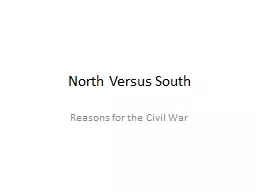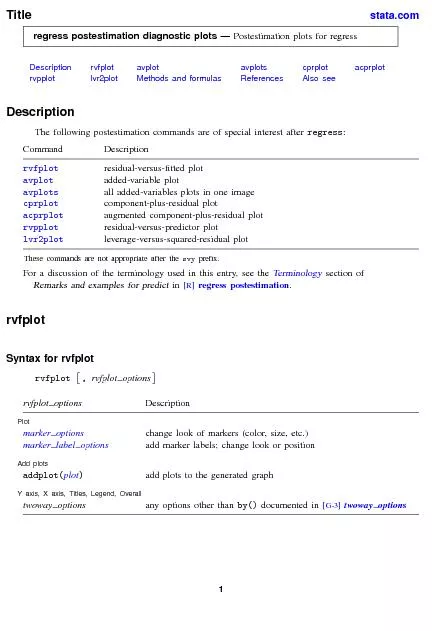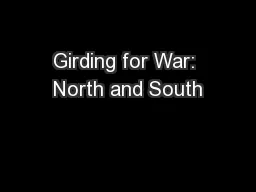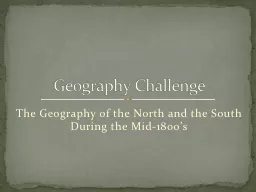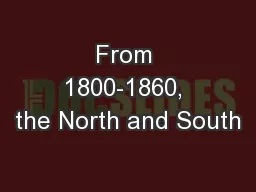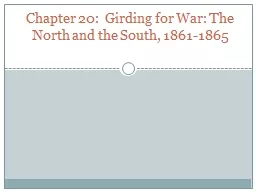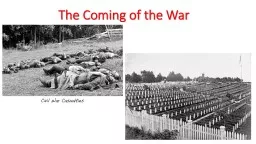PPT-North Versus South
Author : luanne-stotts | Published Date : 2017-04-30
Reasons for the Civil War What You Need to Complete This Section Blank map of the United States Foldable Pencil or pen Geography of the North Northern states all
Presentation Embed Code
Download Presentation
Download Presentation The PPT/PDF document "North Versus South" is the property of its rightful owner. Permission is granted to download and print the materials on this website for personal, non-commercial use only, and to display it on your personal computer provided you do not modify the materials and that you retain all copyright notices contained in the materials. By downloading content from our website, you accept the terms of this agreement.
North Versus South: Transcript
Download Rules Of Document
"North Versus South"The content belongs to its owner. You may download and print it for personal use, without modification, and keep all copyright notices. By downloading, you agree to these terms.
Related Documents

